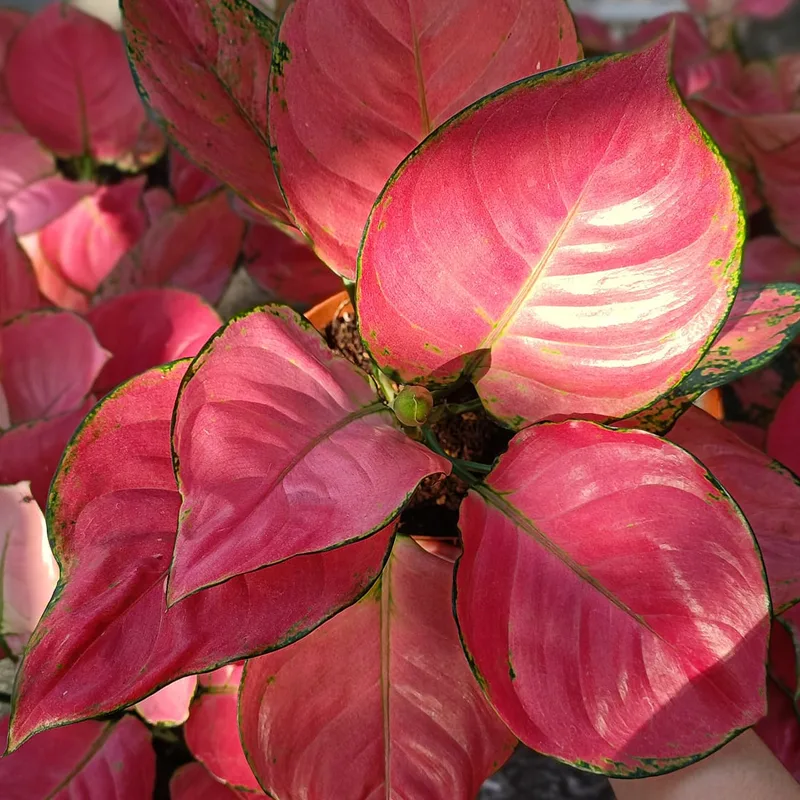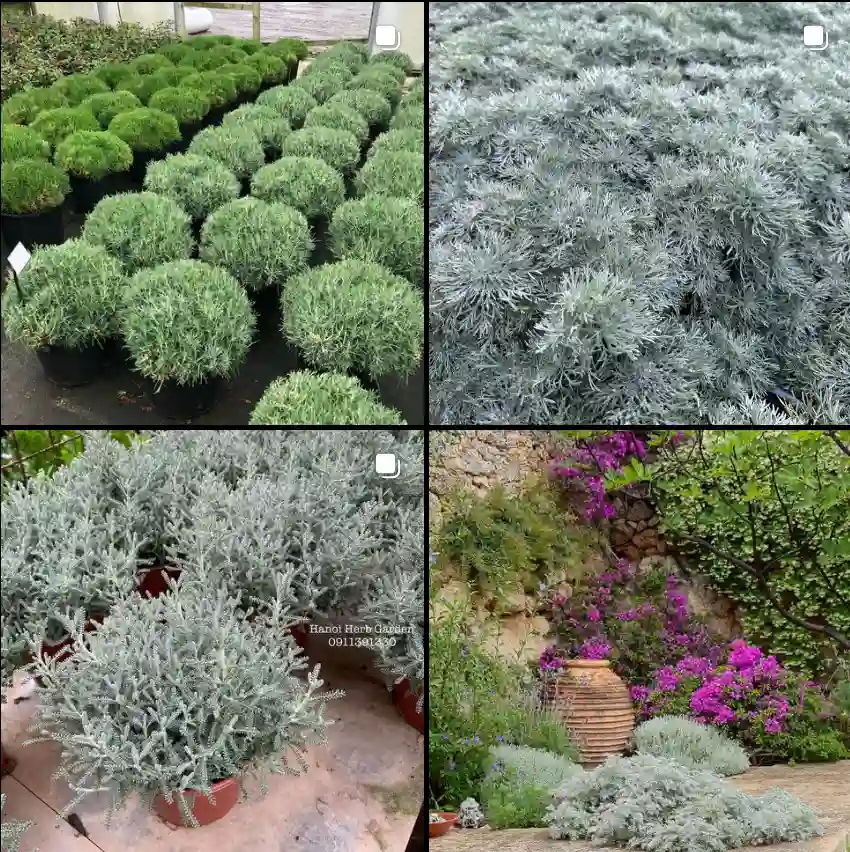
Absolutely, Ferb Vu here, and I’m happy to share my knowledge about Spiraea cantoniensis, also known as Reeves’ Spirea or Bridalwreath Spirea. This lovely flowering shrub is a popular choice for gardens, bringing a cascade of white blooms in spring.
Let’s delve into some of the most common questions gardeners have about this delightful plant.
116 Species in Genus Spiraea
What is Spiraea cantoniensis?
Spiraea cantoniensis is a deciduous shrub belonging to the rose family (Rosaceae). It’s native to China and boasts a stunning display of white flowers in dense clusters during spring. The arching branches with delicate blooms create a cascading or fountain-like effect, earning it the name “Bridalwreath Spirea.”
How big does Spiraea cantoniensis get?
Reeves’ Spirea is a relatively compact shrub, reaching a mature height of 4 to 8 feet and a spread of 4 to 6 feet. This makes it a great choice for smaller gardens or planting in containers.
What kind of flowers does Spiraea cantoniensis have?
The star of the show for Spiraea cantoniensis is undoubtedly its flowers. They are small, white, and clustered together in dense, rounded inflorescences. These clusters resemble fluffy balls or pom-poms, adding a touch of elegance and whimsy to the landscape.
When does Spiraea cantoniensis bloom?
You can expect Spiraea cantoniensis to bloom in late spring or early summer, typically in May in its native China. The blooming period can last for several weeks, transforming the shrub into a magnificent display of white.
How do I care for Spiraea cantoniensis?
The good news is that Reeves’ Spirea is a relatively low-maintenance plant. Here’s a quick guide to caring for it:
- Sunlight: Plant your Spiraea cantoniensis in a location that receives full sun to partial shade. At least 6 hours of sunlight a day is ideal for promoting good flowering.
- Soil: The shrub prefers well-drained, moist soil. If your soil is heavy clay, amend it with compost or other organic matter to improve drainage.
- Watering: Water your Spiraea cantoniensis regularly, especially during the first year after planting and during hot, dry periods. Once established, it’s moderately drought tolerant.
- Fertilizing: Apply a balanced fertilizer in early spring before new growth appears. You can also add a layer of mulch around the base of the plant to retain moisture and suppress weeds.
- Pruning: Pruning is not strictly necessary for Spiraea cantoniensis, but you can lightly prune it after flowering to maintain its shape and size.
Is Spiraea cantoniensis disease-resistant?
Reeves’ Spirea is generally a disease-resistant plant. However, it can be susceptible to common problems like aphids, scales, and powdery mildew. Keeping the plant healthy with proper care and using insecticidal soap or neem oil can help manage these issues.
Can I propagate Spiraea cantoniensis?
Yes, you can propagate Spiraea cantoniensis! Here are two common methods:
- Softwood cuttings: Take softwood cuttings in early summer after new growth has matured slightly.
- Layering: Simply bend a low-growing branch to the ground, make a shallow cut on the underside of the stem, and bury the portion with the cut in soil. Weigh down the stem with a stone or pin it in place. Over time, the buried section will root, and you can then sever it from the parent plant to create a new Spiraea cantoniensis.
How is Spiraea cantoniensis different from other Spirea varieties?
There are many different varieties of Spirea, each with its unique characteristics. Here’s a brief comparison of Spiraea cantoniensis with two other popular types:
- Spiraea japonica (Japanese Spirea): This variety is known for its longer blooming period and wider range of flower colors, including pink and red. It can grow taller than Spiraea cantoniensis, reaching up to 10 feet in height.
- Spiraea vanhouttei (Vanhoutte’s Spirea): This Spirea blooms earlier than Spiraea cantoniensis, typically in mid-spring. It also has white flowers but in larger, looser clusters. Vanhoutte’s Spirea can grow larger than Reeves’ Spirea, reaching heights of 6 to 8 feet.
Ultimately, the best Spirea variety for your garden depends on your desired size, flower color, and bloom time.
Additional points
- Deer resistance: Spiraea cantoniensis is known to be deer resistant, making it a good choice for gardens prone to deer browsing.
- Pollinators: The flowers of Spiraea cantoniensis attract butterflies and bees, adding to the ecological value of your garden.
- Fall interest: While the main attraction is the spring blooms, Spiraea cantoniensis offers some fall interest as well. The leaves turn shades of yellow, orange, or red before dropping, adding a touch of color to the autumn landscape.
Conclusion
Spiraea cantoniensis is a charming and easy-to-care-for shrub that adds a touch of elegance and beauty to any garden. Its cascading white blooms and compact size make it a versatile addition to borders, foundation plantings, or even container gardens. With proper care, this low-maintenance shrub will reward you with years of enjoyment.
If i die, water my plants!



